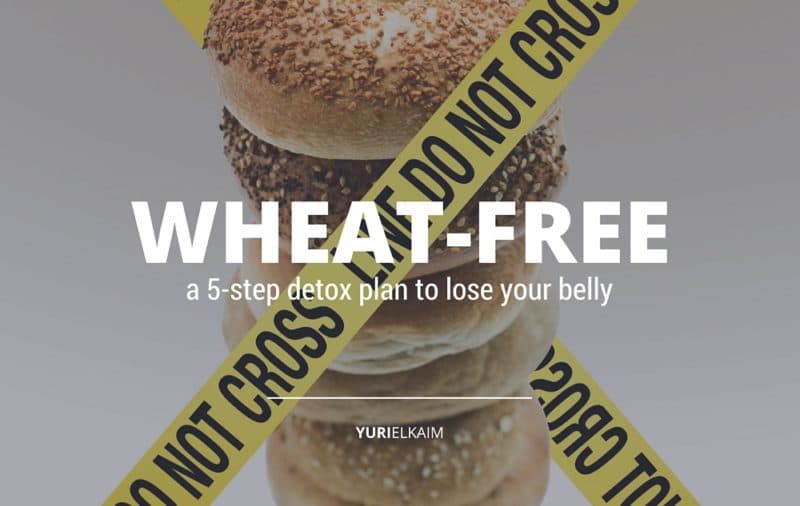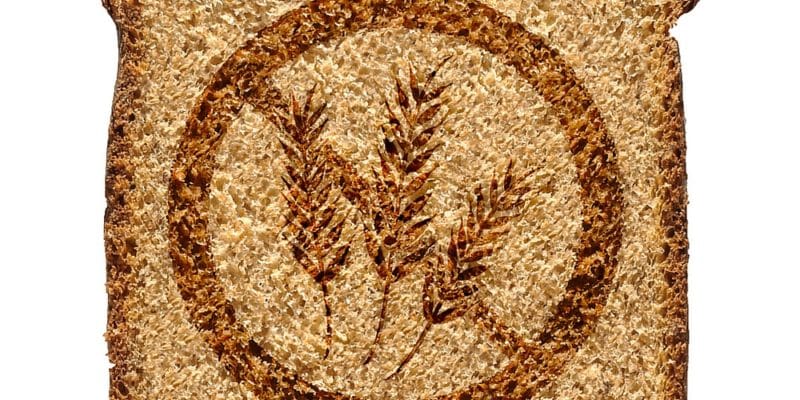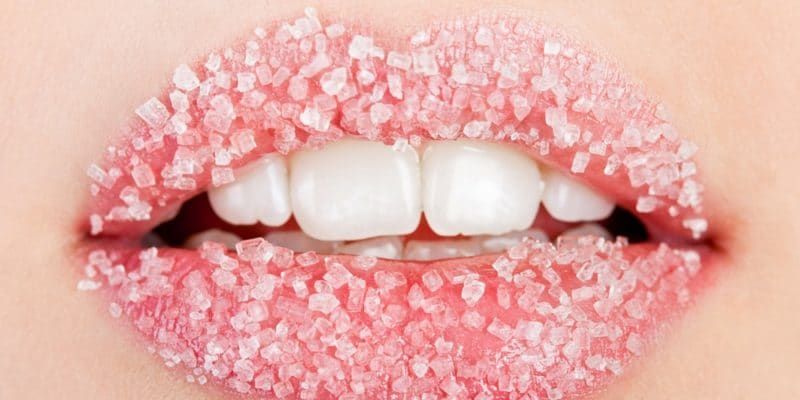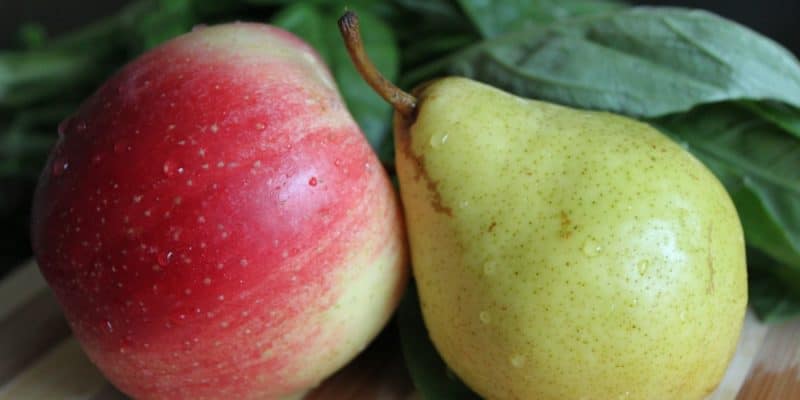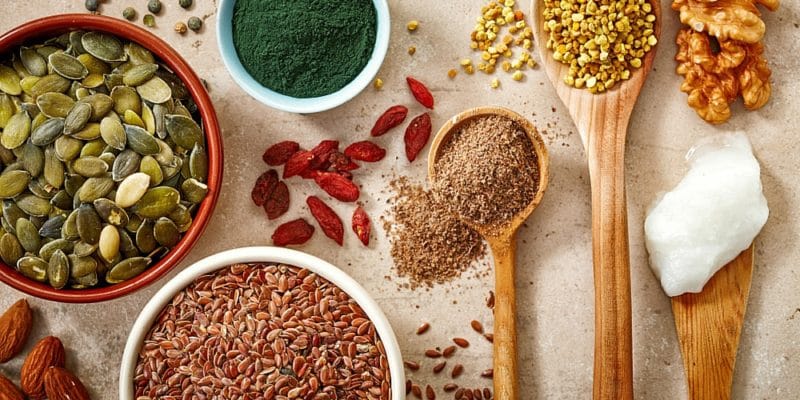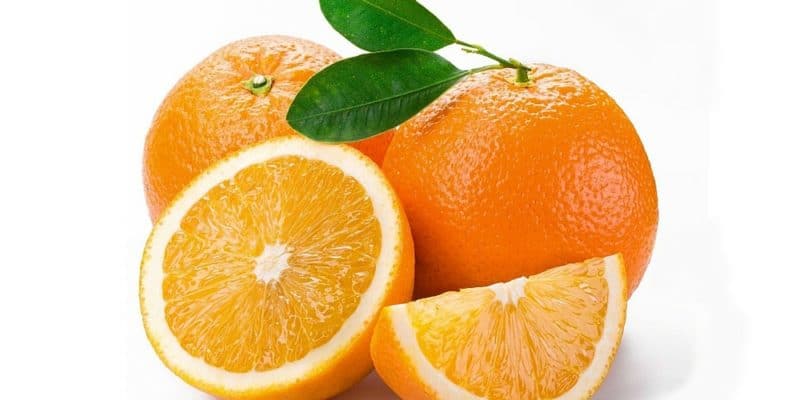In this article
By now, most people know that gluten is causing a great deal of trouble for many people who are either living with Celiac disease or have a sensitivity to gluten. What many of us don’t realize is that there’s yet another problem gluten causes: “wheat belly“, otherwise known as visceral fat.
It’s a funny sounding term, but the effects of this condition are no laughing matter.
The name wheat belly was coined by Dr. William Davis, and refers to a syndrome that affects your brain, your hormones, your immune system and so much more. It also results in a bulging belly, but that’s just a symptom.
Let’s explore why wheat is such a bad thing, and just how it’s the arch nemesis of an effective fat-burning diet.
The Wheat We Eat
The reason we hear so much more about celiac disease and gluten sensitivity isn’t because it’s a new thing. It’s because wheat is a new thing.
The wheat we eat today isn’t the same wheat that Americans were eating even sixty years ago. Back in the 1950s, researchers began playing with the actual DNA of wheat in order to create a seed that produced more wheat in less space and with less maintenance. They wanted a miracle product.
They were successful, and today’s wheat is less than half as tall as its genetic parents and far more productive for the farmers that grow it.
But all of that hybridization and modification had other results as well.
Today’s wheat is much higher in the substances gliadin, amylopectin and agglutinin—all of which are found in gluten– and also much lower in fiber. Together, these changes are having a drastic effect on the health of those who consume wheat and wheat derivatives.
It’s not that we’re diagnosing more celiac; it’s that we’re creating more celiac. Along with it, we’re creating a number of other health issues, one of them being belly fat.
Wheat: It’s Not Just About the Gluten
Even if you don’t have celiac disease, almost everyone exhibits issues related to gluten consumption, because there’s simply too much of it in our diets.
This is not only because of the wheat, but because food companies put it in absolutely every processed food. We’ll get to that in a minute, because in order to understand why the food companies use it so much, you need to understand the other contents of wheat itself and what they do to the body.
There are three other substances in wheat that help to create the syndrome we now call “wheat belly“: They are gliadin, amylopectin and agglutinin.
Gliadin is a protein found in large quantities in today’s wheat. Our bodies break gliadin down into peptides in the digestive tract and those peptides bind to the opiate receptors in the brain.
Different people react in different ways to this process, but there are certain adverse reactions that are quite common: appetite stimulation, withdrawal symptoms that come about two hours after eating wheat and wheat products, and dependency.
In short, gliadin creates an addiction to wheat.
Amylopectin is a carbohydrate contained in wheat that is responsible for today’s wheat having a higher glycemic index than many candy bars. The blood sugar high from eating wheat is often followed by sudden crashes, which again happens over about a two-hour cycle.
[Related: 4 Good Carbs to Eat for a Flat Belly]
This is why so many people go through a two-hour cycle of eating foods high in sugar and flour, then crashing two hours later, experiencing brain fog, headaches and other symptoms, then craving more.
This is exactly why food companies love it so much and put it in virtually everything, from soup to salad dressing and even licorice: the more you eat, the more you crave. The end result? You buy more food.
Agglutinin is the third issue. Agglutinin is found in the germ of the wheat and is thought to interfere with the production and release of leptin, the hormone that signals fullness or satiety.
When combined with amylopectin and glutenin, you have a very vicious trifecta: together, they trigger a dependency on foods high in sugar and flour, plus an inability to tell when you are satisfied. This is one reason why we don’t just eat one donut, we eat six. We don’t eat one slice of pizza, but four.
Needless to say, this addiction to high calorie foods and inability to know when to stop eating them is a huge contributor to all of that excess visceral fat around the abdomen. It’s also responsible for chronic inflammation, type 2 diabetes, heart disease and other issues related to obesity.
Wheat Free Diet: How to Break the Addiction
After all of that bad news, you’re probably ready for some good news and thankfully, I do have some.
Studies have shown that it only takes about five days to break the addictions to wheat and sugar and about two weeks to get your hormone levels back in line, reduce the chronic, systemic inflammation caused by wheat, and stimulate your body to start getting rid of your belly.
Here are the steps you can take over the next two weeks to completely reverse the wheat cycle and start losing weight. It all comes down to going on a wheat free diet.
In just fourteen days you will find that you:
- have tremendous energy
- don’t need caffeine as much as you used to
- have less inflammation
- can think more clearly
- no longer have cravings
- have steadier and better moods
- sleep better
- will probably lose a significant amount of weight!
By breaking this cycle, many people report losing as much as ten pounds in two weeks. After that, fat loss slows but it will continue as your body lets go of all that stored fat.
Step 1: Cut all wheat out of your diet.
What this will mean is getting rid of virtually every processed food. Food companies put wheat derivatives in almost every packaged food you buy a the supermarket. You’ll frequently see it listed as a “stabilizer.”
With this in mind, make it a point not to eat food from cans and bags for the next two weeks and base your diet on fresh vegetables and low-glycemic fruits, meats, poultry, eggs and seafood, nuts and seeds and healthy fats like avocados, olives, grass-fed butter, olive oil and coconut oil.
Stay away from both white potatoes and corn, which are actually starches, not vegetables. Sweet potatoes are okay and having a baked sweet potato with some cinnamon and butter is a great way to calm the cravings for something sweet.
Step 2: Cut all sugar out of the diet, at least for the first two weeks.
It’s nearly impossible to find sugary foods that are not also loaded with flour, and it’s even harder while you’re still addicted to wheat. An effective wheat free diet is also a no-sugar diet, so cut out the sweet stuff.
[Related: How to Stop Sugar Cravings]
If you absolutely have to have a little sugar in your tea or coffee, go ahead, but do try to eliminate the caffeinated beverages and cut back a little on how much sugar you use.
Note: I don’t suggest drinking coffee or caffeinated tea under any circumstance, but given that I’m asking people to break their addiction to wheat and other unhealthy eating habits, convincing the coffee junkies among them not to get their morning fix might be too tall of an order.
If going without coffee and tea will send you over the edge, have the java and stay on track with getting rid of the belly.
Step 3: Stick to low-glycemic fruits for your sweet tooth.
You will crave sweets and carbs, although the intensity will dissipate dramatically after about three days. When you want something sweet, reach for low-glycemic fruits like apples, pears, plums and berries. Try to limit them to just two or three servings a day, though, to help you break the addiction as quickly as possible.
[Related: 7 Green Detox Juice Recipes (No Fruit Added)]
Step 4: Do NOT count calories or restrict portions of other foods.
When you’re really missing that bagel, focus on the fact that you can eat as much as you want of meat, seafood, eggs, vegetables, nuts, seeds and healthy fats.
You should not count calories or restrict eating of these foods in any way. The protein and healthy fats are going to help you feel full and will also help retrain your body to use more protein and less carbs for energy. They’ll also help reset your hormones.
Believe it or not, you’ll still lose fat, because you’re correcting imbalances and cycles that have nothing at all to do with caloric intake. So if it takes a six-egg omelet or five drumsticks to help you get through that donut craving, have at it. This healthy breakfast tip will also help curb your cravings.
Step 5: Get plenty of Vitamin C.
Vitamin C is extremely important for several reasons. The chronic inflammation caused by eating wheat uses up a lot of Vitamin C. A poor diet also usually means you’re not getting enough C to begin with.
Taking 2000-3000 mg of Vitamin C per day for these two weeks will ensure that you have enough on board to help reduce the inflammation, restore proper hormonal balance and also help your body dispose of that stored fat. You see, Vitamin C is one of the main components your body uses to create l-carnitine, a wonderful little compound that acts like a shuttle bus for stored fat.
When your brain signals the body that it’s okay to get rid of stored fat, l-carnitine transports those stored fat cells to the liver, where they’re converted into glycogen and burned as fuel. So you need plenty of Vitamin C on board during these two weeks.
If you follow these five steps, I promise that you can reverse the effects of wheat belly and break your wheat addiction in fourteen days. You will also lose a significant amount of that troublesome stored fat you’ve been carrying around.
It will also help you a great deal if you exercise at least fifteen minutes each day, especially when cravings are at their worst the first week. Endorphins released by exercise will help replace the opiate effects of gliadin and the temporary feel-good of eating sugary, floury snacks.
Just remember, the first few days are the hardest. After Day 3, it gets much easier and the rewards are huge, so stick with it. You can do anything for two weeks.
Enjoy This Article:
Enjoy these tips on How to Do a Wheat-Free Diet? You might also like my 1-Day Detox Plan that busts sugar cravings, restores youthful energy, and drops belly bloat… by tomorrow. Click the banner below to get it for FREE.

